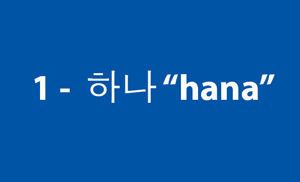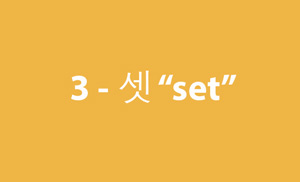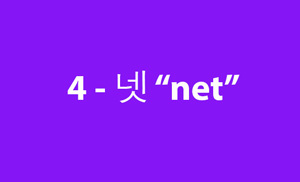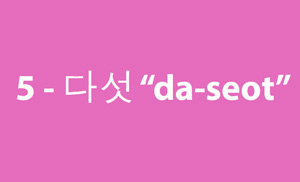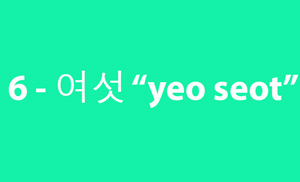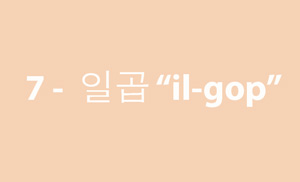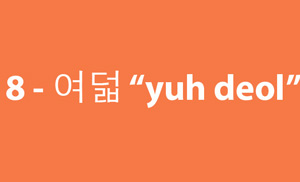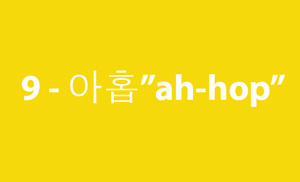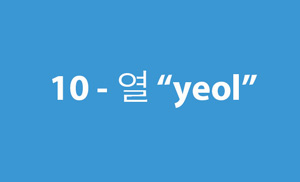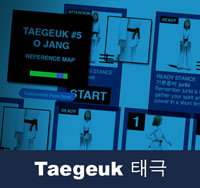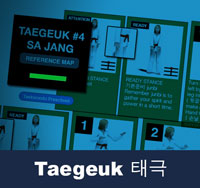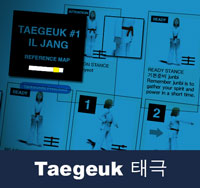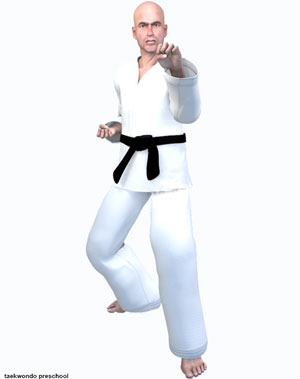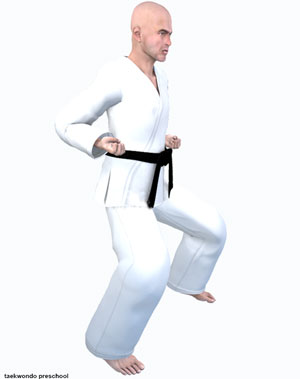Taekwondo 태권도Taekwondo Preschool
Joseon was a Korean state founded by Taejo Yi Seong-gye that lasted for approximately five centuries, from July 1392 to October 1897. It was founded following the aftermath of the overthrow of the Goryeo Dynasty in what is today the city of Kaesong. Early on, Korea was retitled and the capital was relocated to modern-day Seoul. View Joseon Era 조선 »
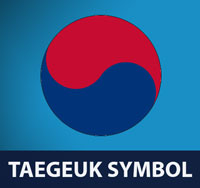
Taegeuk Symbol
( 태극 )
Taegeuk refers to the ultimate reality from which all things and values are derived.
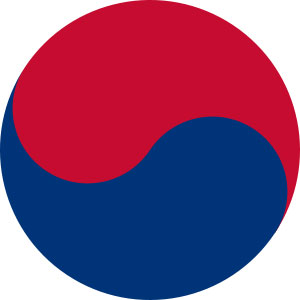
It is also the symbol that makes up the center of the South Korean Flag and the source for its name, Taegeukgi. It helps to understand that taegeuk is the Korean pronunciation of the Chinese ideograms, 太極 (pinyin = tàijí), which together translate as "great polarity", "great pole", and are commonly associated with Chinese Taoism philosophical values (see T'ai Chi / Taiji) as well as indigenous Korean Sinism.
History
The taegeuk design dates back to the 7th century in Korea but recent excavations go back even further. There is a stone carved with the taegeuk design in the compound of Gameunsa Temple, built in 628 during the reign of King Jinpyeong of Silla. Traces of taegeuk designs have been found in the remains of the ancient cultures of Korea; in a Goguryeo tomb and in Silla remains. Recently however, a 1,400-year-old artifact with the taegeuk pattern has been found in Bogam-ri Baekje tombs at Naju, South Jeolla Province, making it the oldest taegeuk symbol found in Korea, which predates by 682 years what had been the oldest artifact that held the taegeuk pattern, found at the Gameunsa Temple.
The taegeuk design has been used for centuries in the indigenous religion of Korea. In the Goryeo and Joseon dynasties, the design was later used to represent Taoism in Korea and to express the hope for harmony of eum and yang to enable the people to live happy lives with good government. The blue and red swirling semicircles of the Taegeuk pattern have existed since ancient times.
South Korean Flag
The Taegeuk symbol is most prominently displayed on South Korea's national flag, called the Taegeukgi (along with four of the eight trigrams used in divination). Because of the Taegeuk's association with the national flag, it is often used as a patriotic symbol, as are the colors red, blue, and black. The “geon” trigram represents the heaven, spring, east, and justice. The “gon” trigram symbolizes the earth, summer, west, and vitality, the “gam” trigram the moon, winter, north, and wisdom, and the “ri” trigram the sun, autumn, south, and fruition. The four trigrams supposedly move in an endless cycle from “geon” to “ri” to “gon” to “gam” and back to “geon” in their pursuit of perfection. The white background symbolizes the homogeneity, integrity and peace-loving nature of the Korean people. Traditionally, Koreans often wore white clothing, earning the nickname “white-clothed people” and therefore the color white epitomizes the Korean people
Paralympic Usage
The official paralympic symbol for the Paralympic Games used by the International Paralympic Committee had three Taegeuk-like swirls in its logo prior to the end of the 2004 Summer Paralympics, when it was replaced with three Agitos.
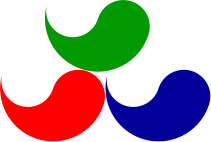
The usage of the swirls started at the 1988 Summer Paralympics in Seoul, using five Tae-Geuk designs arranged similarly to the Olympic Rings, with the same set of five colors.
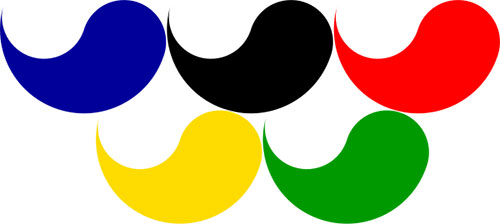
Tricolored Taegeuk
A popular variant in Korea is the Tricolored Taegeuk (삼색의태극 Sam Saeg-ui Taegeuk, 三色太極), which adds a yellow lobe or "pa" 파 (巴), representing humanity, to the red and blue pa which represent heaven and earth. The Samtaegeuk is frequently seen as a design on the face of hand fans. A rendition of the Tricolored Taegeuk also appeared in the official logo of the 1988 Summer Olympics, accompanied by the five Olympic rings.
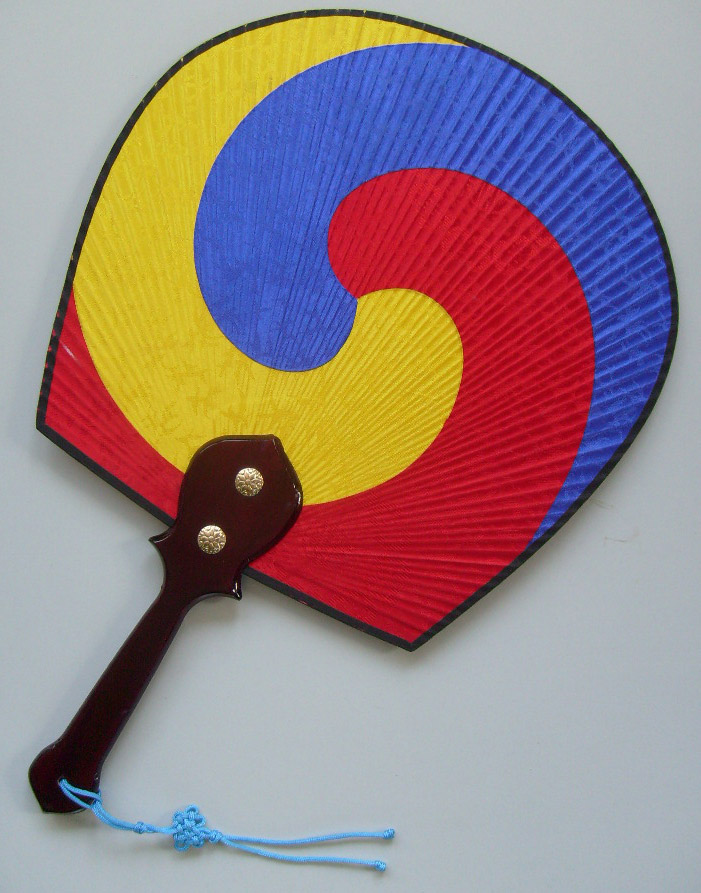
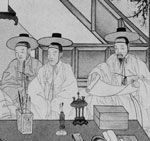
Korea ( 한국 )
Korea ( 한국 ) called Hanguk in South Korea and Chosŏn in North Korea, is an East Asian territory that is divided into two distinct sovereign states, North Korea and South Korea. Located on the Korean Peninsula, Korea is bordered by China to the northwest and Russia to the northeast. It is separated from Japan to the east by the Korea Strait and the Sea of Japan (East Sea). For more information View Korea ( 한국 ) »
There are five tenets defined in the International Taekwondo Federation (ITF) and several more in World Taekwondo (WT).
Indomitable Spirit ( 백절불굴 baekjul-boolgool ): "To have indomitable spirit means to have the courage to stand up for what you believe in, no matter what odds you are up against, and to always give 100% effort in whatever you do." View Taekwondo Tenets »
RESOURCES
This article uses material from the Wikipedia article "Taeguk", which is released under the Creative Commons Attribution-Share-Alike License 3.0.



